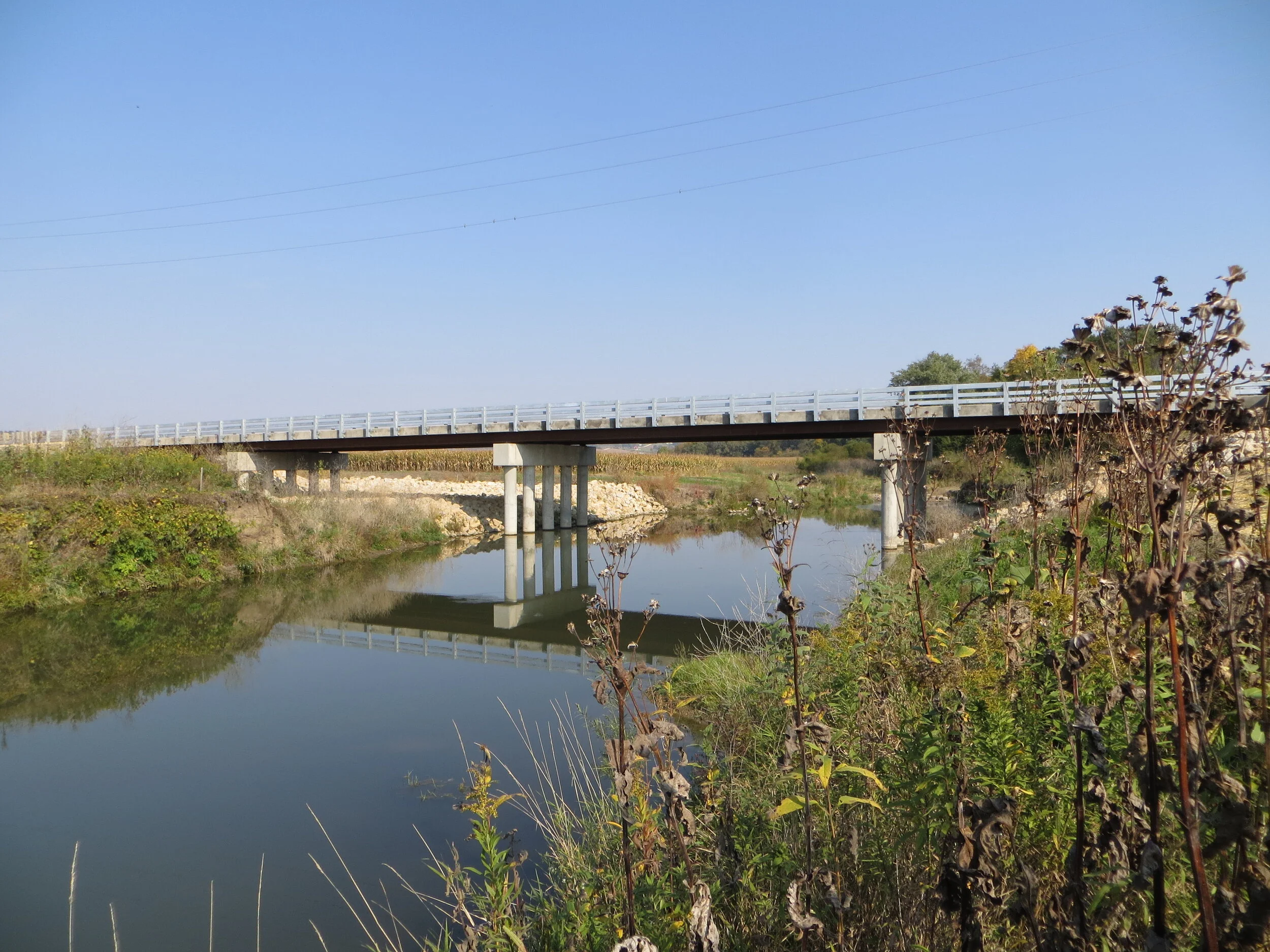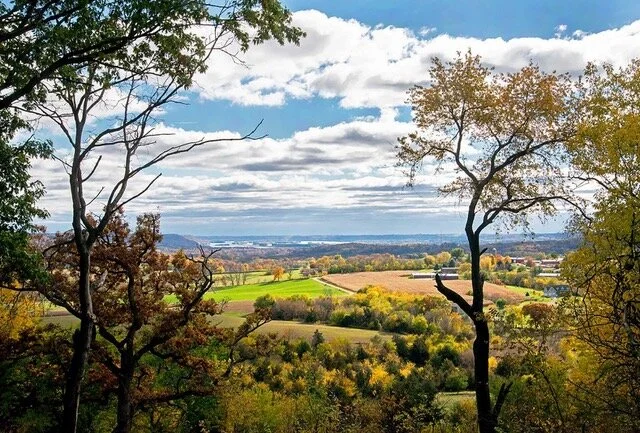Recommendations
Healthy Land & Water brought people in Northwest Illinois together to figure out how to improve water quality regionally. One of the working groups, Urban and Developed Lands, worked for a year and developed recommendations that people in urban areas can adopt to improve water quality. These are the recommendations.
Part 1: Stakeholder Engagement and the Community
Stakeholder engagement is key to the success of any plan or project that impacts the community, whether that community is the size of a neighborhood or metropolis.
Part 2: Environmental Equity
Environmental justice and equity in urban and rural communities should be a key component of watershed protection and resource management. Just as no one community should bear the burden of poor environmental conditions, every community should enjoy the benefits of community greening and access to nature.
Part 3: Regional Economy
A strong regional economy is closely tied to the health of the region’s natural resources, cities and towns. Vibrant rural communities, healthy soil and water are the foundation of the agricultural economy and must be protected and nurtured for future generations of farmers. While cities and towns that are aesthetically pleasing, healthy, and create community pride are essential for a local workforce that enjoys a good quality of life and is the backbone of industry in the region.
Part 4: Land Use
Regional planning should seek to maximize production and protection of ecosystem services in the region while allowing for economic growth and development. Increased ecosystem functioning will improve the region’s ability to sustain the environmental impacts of urban centers, agriculture, industry, and climate change. Natural lands and working farms can both provide ecosystem services, which include flood control, groundwater recharge, water quality, carbon storage, habitat, and habitat connectivity.
Part 5: Water Quality
Healthy water is fundamental to the wellbeing of the region’s residents, economy, and ecosystems. Steps should be taken now to protect the quality of the region’s surface and ground waters for future generations. Nonpoint source pollution poses the biggest threat to water quality. This is especially true in the built environment, where polluted runoff flows off streets and lawns and through stormwater sewers directly into local waterways.
Part 6: Water Availability
An ample supply of high-quality water for drinking, irrigation, industry, public safety, and recreation is fundamental to the region’s current and future health and economic wellbeing. While supply is not currently a concern, much of the region’s groundwater supply is especially susceptible to contamination. Acting now to ensure that aquifers and riparian systems maintain healthy levels of clean water will help to shield the region’s water resources and ensure that they are able to meet the future demands of residents, industry, and agriculture.
Part 7: Flood Mitigation
Northwest Illinois has seen an increase in flood events in recent years, resulting in property damage, crop loss, and disruptions to tourism and the economy. Flooding also delivers massive amounts of pollutants into local waterways, impacting water quality. The weather events that drive flooding are predicted to increase in coming years, and it is essential that the region take steps now to limit the occurrence and impacts of flooding in the future. The frequency and intensity of floods can be reduced by increasing infiltration rates across the region and protecting the lands that provide this ecosystem service, primarily working farms and natural lands.







